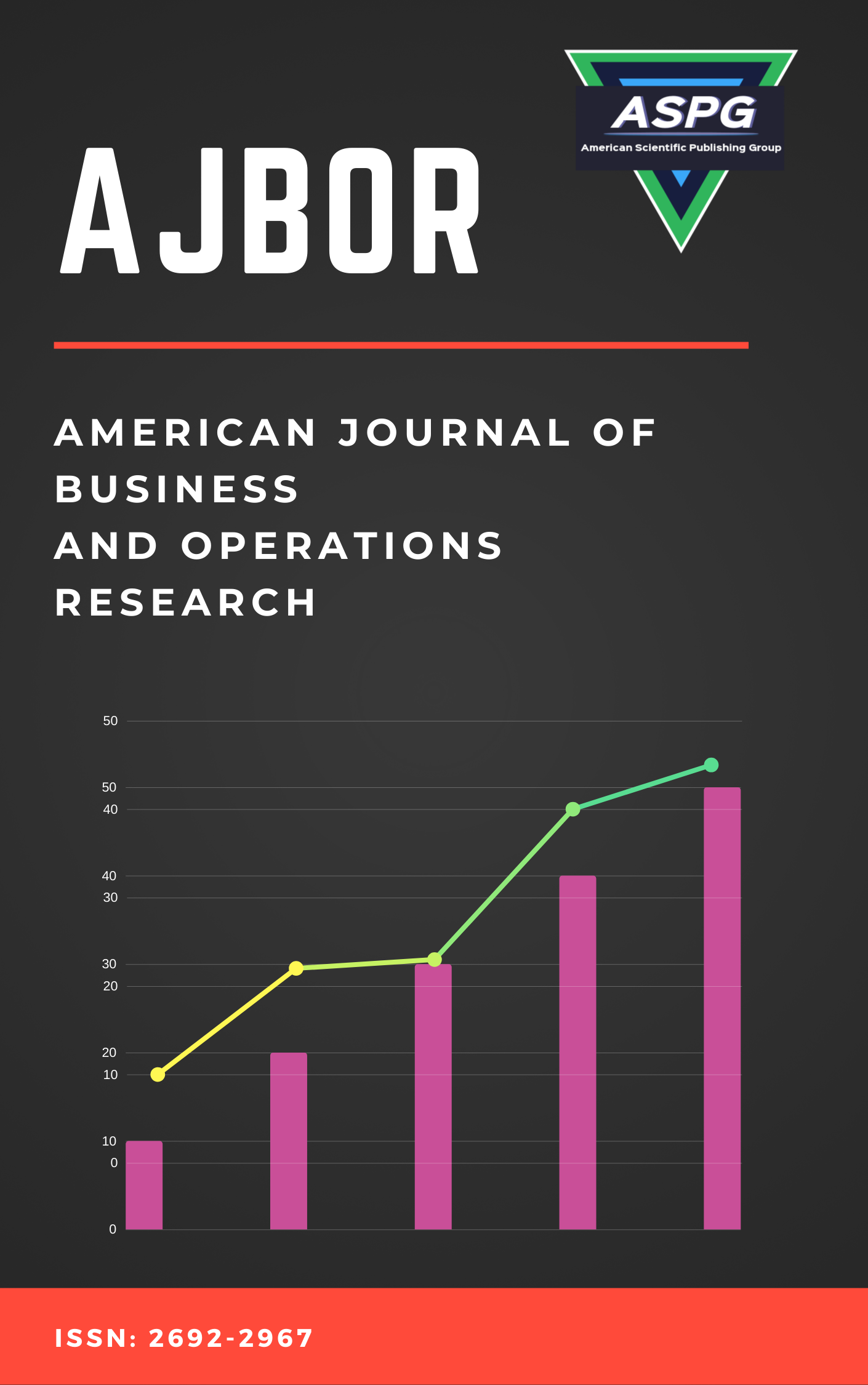

Predictive modeling plays a pivotal role in enhancing supply chain financial optimization by accurately forecasting business demand. This study investigates the efficacy of employing Gradient Boosting Decision Trees (GBDT) as a predictive modeling technique for precisely forecasting business demand within the context of supply chain management. Leveraging a comprehensive analysis of historical business sales data, this research scrutinizes the effectiveness of GBDT in capturing intricate demand patterns and fluctuations. Through a meticulous methodology, encompassing iterative GBDT modeling, the study demonstrates the model's ability to iteratively refine predictions, resulting in enhanced accuracy in forecasting business sales. Visual representations showcasing temporal trends, volatility, and decomposition of sales data provide critical insights into demand dynamics, serving as foundational elements for improved predictive models. The comparative analysis between predicted and actual sales data highlights the predictive capabilities of the GBDT approach, offering valuable insights for optimizing supply chain financial management. While presenting promising results, ongoing research aims to further enhance GBDT's predictive power by refining algorithms and exploring additional influential factors in demand variability. This research contributes to the advancement of predictive modeling techniques within supply chain financial optimization, aiding businesses in strategic decision-making and resource allocation.
Read MoreDoi: https://doi.org/10.54216/AJBOR.000201
Vol. 0 Issue. 2 PP. 75-82, (2019)
In today’s ever-changing world the ability of supply chains to withstand disruptions is crucial for businesses to maintain operations. This paper focuses on supply chain resilience, from an Operations Research perspective exploring how theoretical frameworks and practical applications work together to strengthen supply chains against events. By analyzing a dataset related to Makeup product supply chains this study demonstrates the effectiveness of Long Short-Term Memory (LSTM) networks in capturing time patterns and highlights the importance of data normalization in improving accuracy. Comparing models trained on normalized and unnormalized data provides insights into the significance of preprocessing techniques in predicting outcomes within the Fashion and Beauty industry. Additionally, this study combines theory with real-world case studies underscoring the importance of risk management, adaptive decision-making, and resilient network design. With the integration of methodological consistency, and applicability, we demonstrate the significance of our approach in sustaining supply chain resilience against disruptive events.
Read MoreDoi: https://doi.org/10.54216/AJBOR.000202
Vol. 0 Issue. 2 PP. 83-89, (2019)
The impact of climate change has made responsible risk management a major research topic during the past 20 years. In conjunction with societal problems that affect the economies and cultures in which they function, industrial risks can release dangerous pollutants into the natural world. Advances in information and communication technology, particularly big data analytics, can contribute to the creation of fresh perspectives that enable the detection of business risks whose operations are unstable and the implementation of remedial actions. Although risk management has been the subject of numerous research, there are few that examine the impact of BDA. This study strives to offer a big data analytic framework that integrates a pipeline of statistical testing, data visualization, and machine learning algorithms to interpret market information. The applicability of our framework in recognizing and managing risks is demonstrated through a case study of the global commodity market. Extensive proof-of-concept experimentations validated the efficiency and effectiveness of the argued framework by providing useful insights about market behavior, which can lead the decision-making process to get informed risk management.
Read MoreDoi: https://doi.org/10.54216/AJBOR.000203
Vol. 0 Issue. 2 PP. 83-96, (2019)
Effective project management relies on smart resource allocation strategies that navigate the complexities, in project dynamics. However, it is important to consider factors when choosing projects for a portfolio and allocating resources to that portfolio. In this paper, we present a data-driven framework for strategic resource allocation in project management. By using the Fuzzy TOPSIS method this framework combines evaluations into a model improving decision-making accuracy. Our study identifies ten factors that contribute to project complexity and transforms opinions into fuzzy numbers to evaluate project performance. When we applied this framework to five projects, we gained insights into how they align with established criteria resulting in nuanced rankings based on calculated closeness coefficients. This research lays the foundation for resource allocation strategies by advocating for the integration of dynamic data sources and advanced analytical techniques. The goal is to enhance adaptability and facilitate implementation, within project management paradigms.
Read MoreDoi: https://doi.org/10.54216/AJBOR.000204
Vol. 0 Issue. 2 PP. 97-103, (2019)
In today’s data driven world businesses face a challenge in protecting customer strategies from operational churn. This paper explores the realm of data driven business intelligence with a focus on predicting and managing customer churn through analysis of analytics methods. Recognizing that customer attrition poses a threat to business sustainability, our research aims to harness the power of methods and discriminant analysis techniques. We examine Gradient Boosting Classifier, Ada Boost Classifier and Linear Discriminant Analysis to unravel patterns in customer behavior and predict churn likelihood. By utilizing a dataset that includes details about customer services account specifics and demographics we adopt an approach. Our comparative analysis of machine learning classifiers underscores their effectiveness in identifying patterns within the dataset. Importantly our findings emphasize the potential of machine learning as a strategy for managing churn.
Read MoreDoi: https://doi.org/10.54216/AJBOR.000205
Vol. 0 Issue. 2 PP. 104-111, (2019)